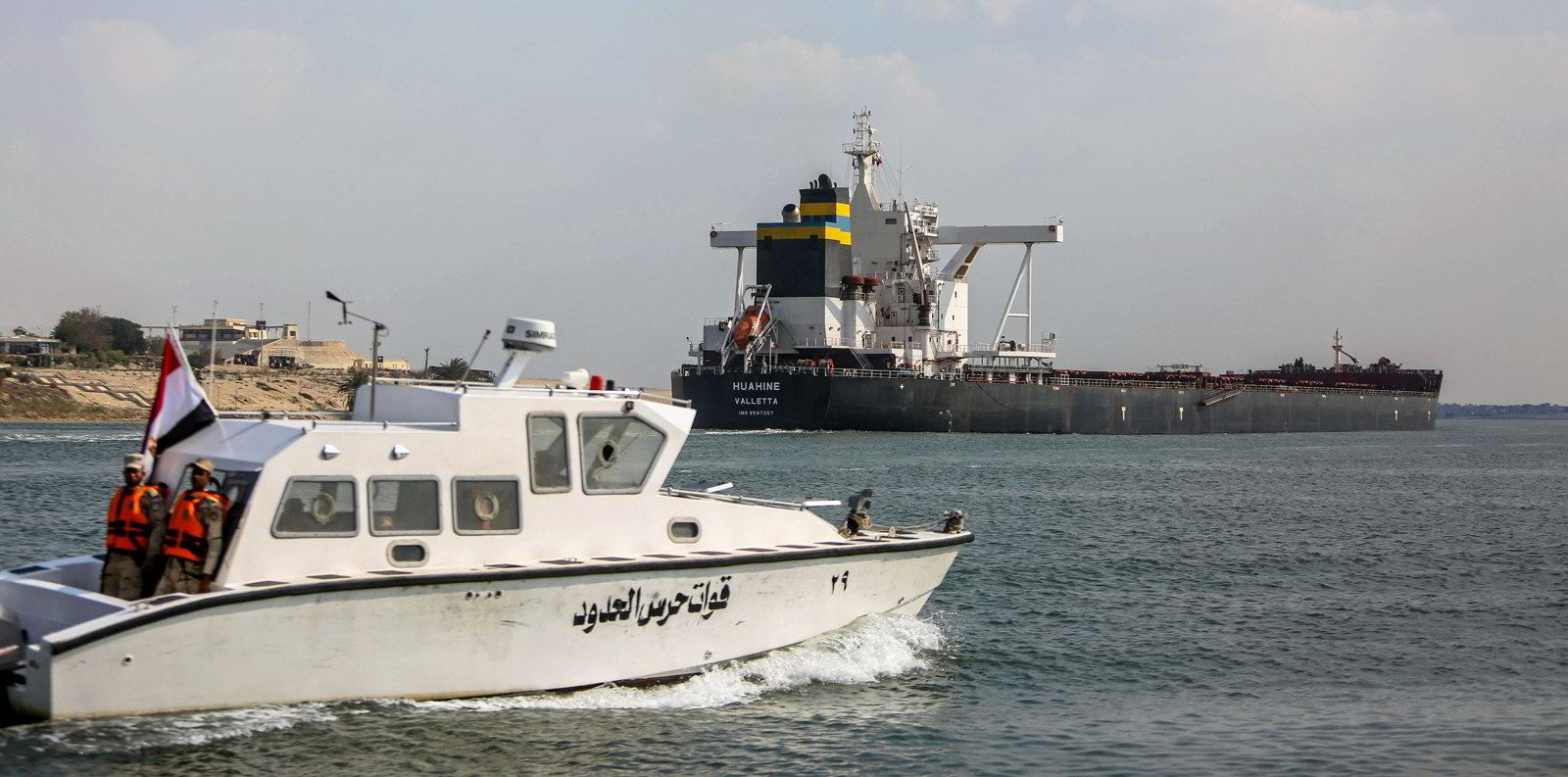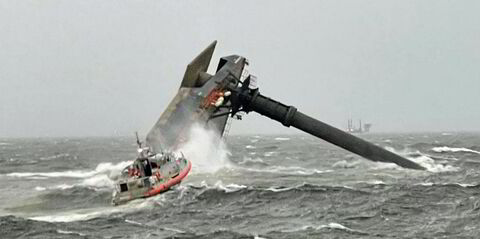Over the past couple of years, dry cargo has received a crash course in dealing with shocks, surges and a whole flock of swans from black to white.
Dam collapses, a global pandemic, port congestion, IMO 2020 fuel regulations, rapidly evolving trade sanction regimes — the sector has had to react to much.
As maritime trade responds to the evolving threats to vessels in the Red Sea, it begs the question: will 2024 be a case of “here we go again?”
The past couple of years — especially 2021 — have demonstrated just how sensitive the dry cargo trading fleet is to changes in vessel supply. This will be the thing to watch in 2024.
Chronic port congestion in Asia has helped support the market over the past couple of years and rates have subsided as queues have unwound. December saw rates take off in the Atlantic, most dramatically for handysize and supramax vessels, where a shortage of tonnage had built up as the drought-stricken and backlogged Panama Canal became impassable to the smaller bulk carriers that usually use the waterway.
But this sensitivity to choke points has taken on a darker significance for dry cargo going into 2024, one that could threaten the safety of vessels and their crews as they transit the Red Sea. At the time of writing, a number of prominent container lines had announced a suspension of all transits through the region, a response to the series of attacks on vessels by Yemen’s Houthi rebels.
This could lead to a more widespread avoidance of the region by shipping. For bulkers, avoiding Suez will mean more time at sea — at least a couple more weeks depending on the voyage — which means more earnings. It also means that vessel supply will be soaked up as ships will return to the trading fleet at a slower pace, which could be supportive of freight rates.
In the meantime, ongoing restrictions on Panama Canal transits are also expected to prompt some rerouting of trade flows, resulting in longer voyages, according to Clarksons Research. This is particularly likely to affect US grain exports to Asia, which could support tonne-mile vessel demand.
Congested or impassable chokepoints, coupled with a reduction in vessel supply, will change the outlook for dry cargo in 2024. This shift may precipitate a scenario in which freight rates experience a notable surge, particularly in regions where the available tonnage falls short of meeting demand.

This will come on top of a moderately good base case for next year. Clarksons Research expects the global dry bulk trade to grow by 1.9% in tonne-miles, less than half of what it was in 2023. It forecasts 2.3% net growth in the bulker fleet next year, 0.6% below the 2023 level, as shipyard deliveries fall and the list of potential scrapping candidates grows.
Vessel supply could also be stemmed from 2024 as shipowners act to comply with incoming regulations.
Ships are expected to sail more slowly to improve their Carbon Intensity Indicator rating. Already, the global laden bulker fleet is sailing at the slowest speed for at least three years, averaging 10.5 knots as of mid-December, according to data from bulker tracking platform Oceanbolt.
There is also potential to impact vessel supply as ships leave the trading fleet to have energy-saving technology fitted.
Influencing dynamics
Before escalations in violence in the Red Sea and the critical drop in water levels at the Panama Canal, the prevailing uncertainty for 2024 centred around macroeconomics — a factor with the potential to ripple through and impact overall demand.
Clarksons Research believes there is uncertainty regarding China’s ability to sustain robust demand in the dry bulk sector, given the challenges posed by the country’s property sector and its sensitivity to government coal policies.
That said, China has many structural issues regarding energy supply, coal production and quality that will mean the nation will have little choice but to remain dependent on seaborne coal imports in the years ahead.
2023 forced the sector to take a more thoughtful view of what China means to dry cargo. The country is — and will continue to be — the biggest single driver of demand for dry cargo shipping. But do not ignore the growing importance of South East Asian importers.
India’s appetite for seaborne imports of dry commodities will continue to grow, and emerging economies like Vietnam are also showing a voracious appetite for coal and other dry cargoes.




